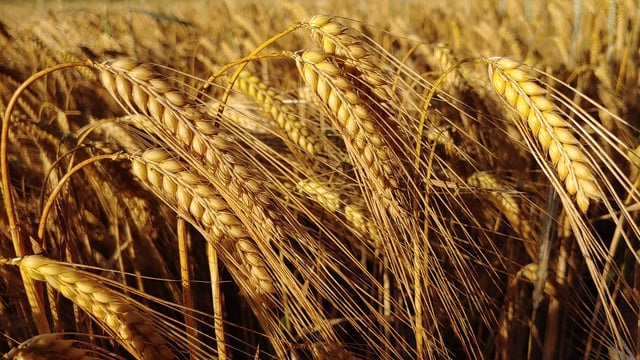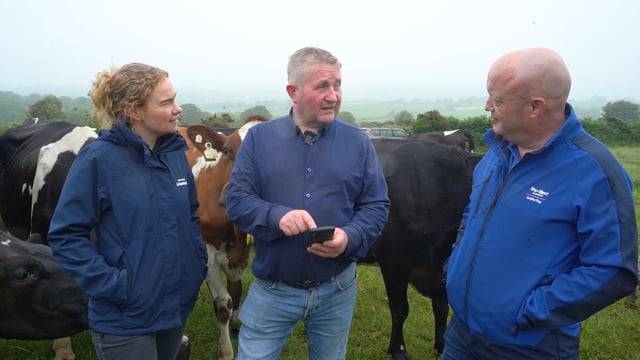Study shows small farms have low environmental impact
Small farms differ from the rest of the farm population and have a low environmental impact, according to a new study by Teagasc.
The study investigated the economic, environmental and social sustainability of smaller farms, using data collected through the Teagasc National Farm Survey (NFS).
There are over 135,000 farms in Ireland, with over 48,000 of these farms classified as being particularly small in economic terms, according to Teagasc.
These farms occupy about 15% of the agricultural land area in Ireland, using about 13ha of land.
The study showed that the low level of chemical fertiliser use for these smaller settings is reflected in lower nitrogen and phosphorus balances compared to the rest of the farm population.
The low stocking rate on these farms also means that they have low levels of greenhouse gas (GHG) emissions.
Just 4% of the GHG emissions produced by Irish agriculture originate from these 48,000 areas.
However, while the low level of GHG emissions from these farms is notable, the level of output from these farms is also low.
The study revealed that these farms produce more GHG per kg of meat than is the case for the rest of the cattle and sheep farm population.
This means that even though they produce very little GHG emissions in total, smaller farms are less GHG emissions efficient than the rest of the farm population.
The study also highlighted that due to their extremely extensive nature and minimal use of grassland management, the farms are likely to be an important repository for biodiversity.
Teagasc is currently researching ways of assessing the role of farms identified as "small" in maintaining natural habitats.
In terms of economic performance, the results of the study confirm low levels of income earned for smaller farms.
This is due to low levels of output per hectare and high fixed costs of production relative to size.
In 2022, the average family farm income (FFI) on small cattle and sheep farms was just €2,638, compared to an average FFI for the rest of the cattle and sheep farm population of €15,082, according to Teagasc.
Over 80% of small farm households have non-farm income sources, either through off-farm employment or through a pension, the study states.
While these farms mainly produce cattle or sheep, many also lease out much of the farm as a revenue source.
The age profile of small farm households is slightly higher than that of the rest of the farming population, with the average farmer aged 60 years.
The survey found that the main farm operator on these farms has been in place for more than 20 years in about 60% of the cases.
The potential future of these farms is of "real interest", as it may have implications for the overall sustainability of the sector according to Teagasc.
The study shows that over the next five years, more than one-third (35%) of small farm operators intend to continue farming as is, with a further 27% intending to lease out their land.
A further one fifth expect to have changed farm system, or to have scaled back their farming activity, while the remainder expect to be farming with a successor, or to have scaled up their farming activity to some extent.
In the context of generational renewal, the study stated that a farm successor has been identified on more than half (56%) of the farms.
The survey also found that about half of current small farm operators would expect to transfer the farm to the successor in the next five to 10 years.
Close to half of small farm operators said they did not expect the potential of remote working to lead to an increase in the likelihood of farm succession.
Among those who plan to continue to farm, more than 50% were interested in switching from a conventional system to organics, with 40% interested in further involvement in environmental schemes.





